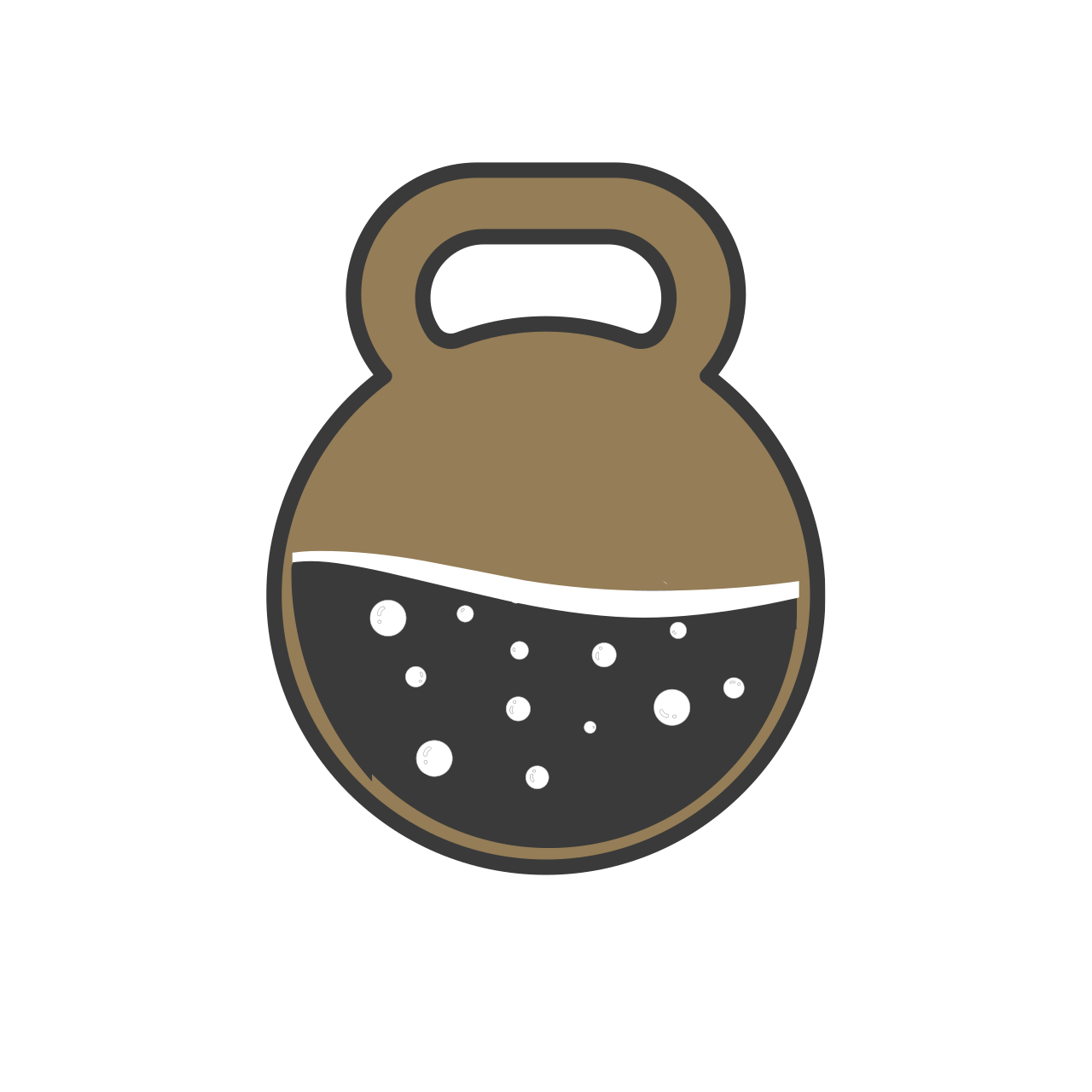The Power of Pull-Ups: How to Build Strength from the Ground Up
Pull-ups are one of the truest tests of strength.
They demand more than muscle — they require control, coordination, and consistency. And while most people see them as an upper body movement, the truth is they train your entire system: grip, core, posture, and even your mindset.
If you’ve ever felt stuck trying to get your first rep (or clean up your form), you’re not alone. Like any skill, it’s all about progression — earning each phase through focused, repeatable effort.
Below, we’ll walk through a proven sequence that helps members at Control Lab build strength the smart way.
Step 1: Scap Pull-Up — Build the Foundation
Before you ever bend your elbows, learn to activate your lats.
The scap pull-up teaches you how to engage your shoulders and stabilize your upper back — the foundation of every strong pull.
Focus on a small, controlled movement: hang from the bar, then pull your shoulders down and back without bending your arms.
Master this, and your pull-ups will feel stronger, safer, and smoother.
Step 2: Banded Pull-Up — Train the Full Range
Once your shoulders are set, it’s time to build strength through the full range of motion.
Using a resistance band gives you just enough assistance to complete full reps with good form.
Control the tempo, keep your core tight, and aim for consistent motion from start to finish.
The band should help — not do the work for you.
Step 3: Jumping + Negative — Own the Eccentric
Most people skip this phase, but it’s where real progress happens.
The lowering (eccentric) part of the pull-up is where you build the most strength.
Jump to the top position, pause briefly, and lower yourself as slowly as possible for 3–5 seconds.
This teaches your body control — and builds the muscle memory for your first unassisted rep.
Step 4: Full Pull-Up — Earn Your Rep
Now it all comes together.
Start from a dead hang, engage the lats (just like your scap pull-up), and pull your chin over the bar with purpose.
Keep tension through your entire body — from your core to your grip — and move with intention, not momentum.
Every pull-up you earn is a reflection of consistency, not luck.
Coach’s Tip:
Don’t rush the process.
It’s better to do 3 perfect reps than 10 with poor form.
If you can control the movement — you own it.
Ready to Build Your First Pull-Up?
Join us at Control Lab Strength & Wellness for small group or personal training sessions designed to help you move better, feel stronger, and take control of your health.

